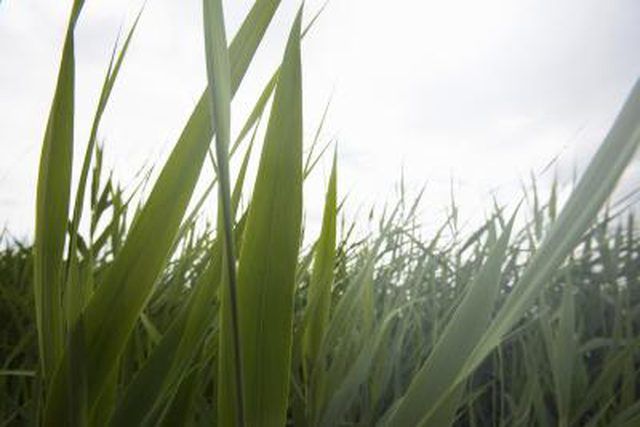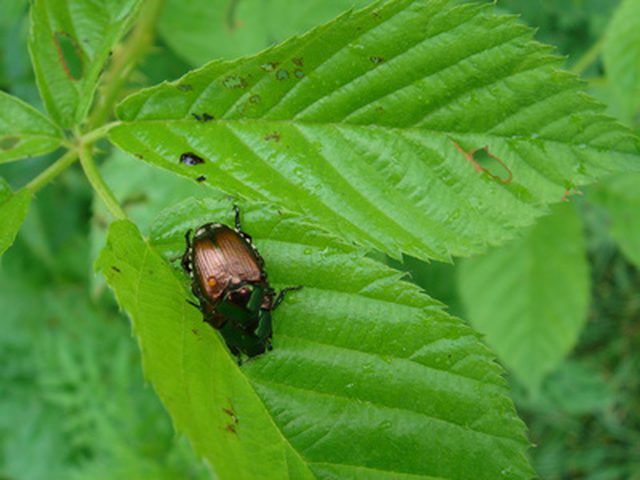Bulbs
Flower Basics
Flower Beds & Specialty Gardens
Flower Garden
Garden Furniture
Garden Gnomes
Garden Seeds
Garden Sheds
Garden Statues
Garden Tools & Supplies
Gardening Basics
Green & Organic
Groundcovers & Vines
Growing Annuals
Growing Basil
Growing Beans
Growing Berries
Growing Blueberries
Growing Cactus
Growing Corn
Growing Cotton
Growing Edibles
Growing Flowers
Growing Garlic
Growing Grapes
Growing Grass
Growing Herbs
Growing Jasmine
Growing Mint
Growing Mushrooms
Orchids
Growing Peanuts
Growing Perennials
Growing Plants
Growing Rosemary
Growing Roses
Growing Strawberries
Growing Sunflowers
Growing Thyme
Growing Tomatoes
Growing Tulips
Growing Vegetables
Herb Basics
Herb Garden
Indoor Growing
Landscaping Basics
Landscaping Patios
Landscaping Plants
Landscaping Shrubs
Landscaping Trees
Landscaping Walks & Pathways
Lawn Basics
Lawn Maintenance
Lawn Mowers
Lawn Ornaments
Lawn Planting
Lawn Tools
Outdoor Growing
Overall Landscape Planning
Pests, Weeds & Problems
Plant Basics
Rock Garden
Rose Garden
Shrubs
Soil
Specialty Gardens
Trees
Vegetable Garden
Yard Maintenance
Grubs Are Killing the Plants in My Garden
Grubs Are Killing the Plants in My Garden. Grubs are the larval form of several different species of scarab beetles. A grub infestation often produces dead brown or yellow patches in a lawn and affects gardens as well. Grubs damage plants by feeding on the roots, which causes the plant to wither and die.

Grubs are the larval form of several different species of scarab beetles. A grub infestation often produces dead brown or yellow patches in a lawn and affects gardens as well. Grubs damage plants by feeding on the roots, which causes the plant to wither and die.
Identification
Grubs are easy to identify. They are usually found in the top 3 inches of soil. A grub is a dirty-white C-shaped larva with a brown head. Animals such as moles or skunks feeding in the area may be another symptom of a grub infestation.
Prevention
The beetles that lay their eggs in the soil prefer moist, well-irrigated locations. If possible, gardeners should water sparingly during July and August to make the soil less attractive to the beetles. The beetles also prefer open areas free of trees and shrubs as well as areas near outside lights.

Treatment
Ten or more grubs per square foot are necessary to justify treatment. They can be handpicked out of the soil in a small garden. Lawn aerator sandals, which have spikes on the sole, can also kill the grubs. Chemical controls include the insecticides Diazinon, Trichlorfon and Imidacloprid. These chemicals may take up to three weeks to kill the grubs; however, treated grubs do very little damage.